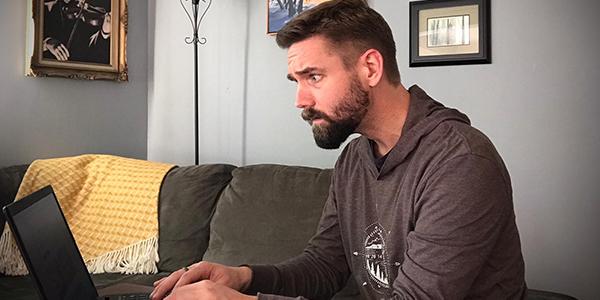
NEVER read the comments section. The comments section is where some like to practice the ancient craft of “trolling” and it’s easy to get lured into senseless arguments. Take the bait and suddenly you’re stuck in an ALL CAPS Facebook fight where the chance of victory is slim to none.
But what if it’s your job to read the comments? If you work in communications for a public health unit, it’s part of the gig. Social media plays a massive role in health promotion and public education and the vast majority of comments we receive are constructive and relevant, and we really are happy to answer questions.
But there are some conspiracy theories out there, or sometimes it is just frustration. As we have all learned, it is no fun being stuck in a pandemic. So today I want to address some of the comments we see fairly frequently and how they actually fit in the larger scheme of things.
"Most cases announced here are false positives anyway!"
We hear this quite a bit, but uncorrected false positives are extremely RARE. The COVID-19 PCR (polymerase chain reaction) test can detect even tiny traces of the virus and has a false positivity rate of less than 0.01%.
"Why don't you just tell us where the cases are?!"
When we announce cases, it’s categorized as "Thunder Bay and Surrounding Area," "District Communities" and "First Nations Communities." This one is all about a person’s right to keep their medical information private. We have some very small communities and it can be surprisingly easy to identify people if you give too much information. So to comply with privacy law, the Health Unit does not release information that could identify individuals who test positive with COVID-19 or really any infectious disease for that matter.
"More people die from the flu than from COVID!"
The flu is a terrible illness. People get sick and die from it every year. But fortunately, there is a vaccine, which why we strongly recommend and promote it every year. Still, there is an average of 3500 flu deaths in Canada per year. But this pales in comparison to COVID-19, which is now at over 10,000 deaths in Canada. There is no vaccine yet for COVID-19, so our best course of action is still infection prevention.
Well, I hope that clears up a few things that you may have seen in the comments section a time or two or perhaps have wondered about yourself. If you do have any comments or questions of your own, let us know! You know that we will read them and maybe we can give you some answers. Until then, keep up with the hand-washing, masks, physical distancing and have a safe day everyone!

